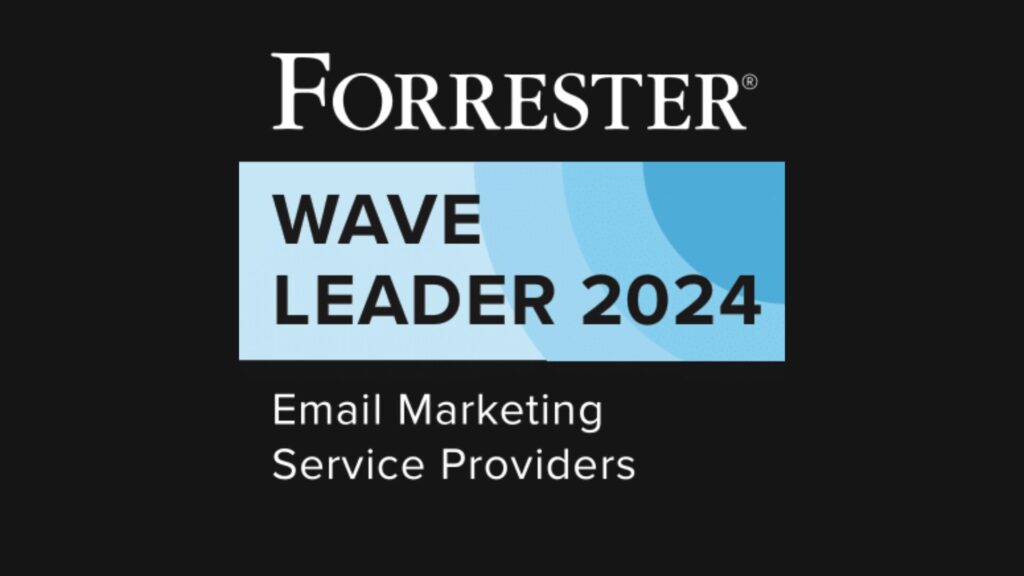
Evolving Consumer Expectations for Marketing Personalisation
Retailers are in a perfect storm. On one hand, they’re faced with an overwhelming amount of demands from consumers. On the other, many of those demands (e.g., the increasing expectation for personalised experiences) provide an opportunity to build more meaningful interactions and increase brand loyalty. Yet maximising the personalised shopping experience relies heavily on a brands’ ability to strengthen its customer relationships. This means understanding their wants and needs and matching experiences to expectations. In this blog post, you’ll learn ways in which marketing personalisation can help you keep up with evolving customer demands and future-proof your business.
Connecting with the consumer
As the acceleration to digital increases, consumers are becoming more and more connected to a range of channels and devices. Digital retailers must keep up with the shifting tides while still meeting these Connected Consumers’ needs and expectations. To connect with these always-on, hyper-aware consumers and compete for their attention, brands must deliver relevant experiences that are unique and personal. Or face the possibility of getting lost in the clutter.
Since ecommerce inherently lacks the benefits of brick-and-mortar, it’s pertinent that these experiences treat online consumers as individuals (i.e., simplified customer service, tailored product recommendations, etc.)—all while capitalising on the speed and convenience online shopping offers. This can be a challenge for both big and small brands—whether it be struggling to implement a unified system, catering messaging accordingly, or simply not having the resources to deliver personalisation at scale. Let’s dive into all the details—why personalisation is important for online retailers, what it looks like, and how brands can overcome its challenges.
The importance of marketing personalisation
The growing online presence of the Connected Customer has brands battling for visibility each step of the way, from social media to pay-per-click advertising and email communications. Ultimately, the number of digital touchpoints potential customers are coming into contact with is dramatically increasing. In turn, the customer experience is also becoming gradually more complex as they transition from brand awareness, to purchase, to loyalty.
A recent study on personalisation in marketing found that 72% of consumers only engage with marketing messages that are personalised and tailored to their interests. This statistic provides online retailers with substantial proof that personalisation is key to growing your customer base and driving loyalty. There are several courses of action for creating personalised experiences, but choosing an effective method that is grounded in testing hypotheses should always inform your strategy. For example, your brand might recognise a customer’s spending habits, but how you communicate this in a way that resonates with the individual makes all the difference.
Data-driven approaches to personalisation
To prevent consumers from becoming inundated by irrelevant communications, brands need a clear strategy backed by data insights. Basing communication on two types of customer data—contextual and actionable insights—will help you mold a more personalised experience.
1. Contextual Insights
Geolocation technology is one substantial example of how context can be used to drive personalisation. By tracking a consumer’s location subsequently after downloading a brand’s app, you can deploy promotional offers when they’re near a brick-and-mortar location. This form of ‘ in the moment marketing’ taps into the localisation of retail and takes advantage of the circumstantial opportunity to offer a more personalised shopping experience.
2. Actionable insights
Alternatively, a personalisation strategy that is based on actionable insights may make use of email communications. These can be targeted based on a consumer’s expressed interests and previous shopping habits. Offering promotions for products that a customer has shown intent to purchase is one way to anticipate their needs. These recommendations can be embedded, at scale, through the use of modular templates and messages that talk directly to an individual customer.
Segmenting your customer base
Segmenting your customer base can also help to tailor a message across larger groups with similar qualities. Creating customer profiles or personae can be a helpful way to distinguish key groups and identify the most effective touchpoints to reach them on. Let’s look at a hypothetical scenario as an example: If you conducted a study and found that 35% of 55-64-year-olds engaged with retail brands on Instagram while 60% of 25-34-year-olds engaged with brands through the same channel, it’s clear that the channel is a more effective touchpoint for younger audiences. Regardless of the outcome, data is the driving force in each scenario that allows brands to personalise their communication and reach the right consumer, at the right time, on the right channel.
Delivering personalisation at scale
To keep up with the Connected Customer, the experience must be tailored through systems free of outdated mass-marketing strategies. This means having a partner with the right technology to understand insights on prospects and customers in real-time. Zeta’s Data Cloud offers marketers access to an identity graph of more than 200 million U.S. adults and leverages up-to-minute customer data to help create meaningful message personalisation across devices and channels. Although it may seem like a heavy lift, investing in marketing personalisation will pay off for your brand in the long run.
Want to see Zeta in action?
The Zeta Marketing Platform empowers businesses to offer highly tailored experiences driven by AI.

